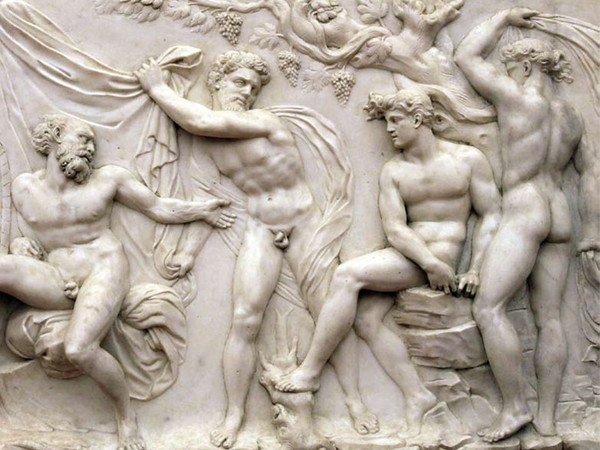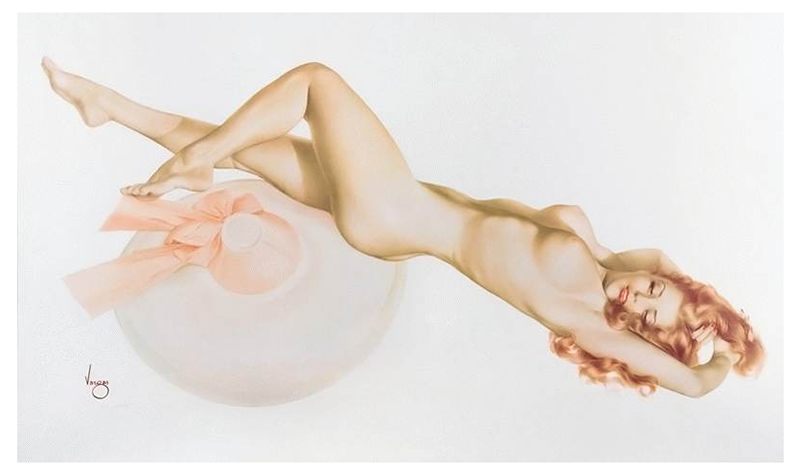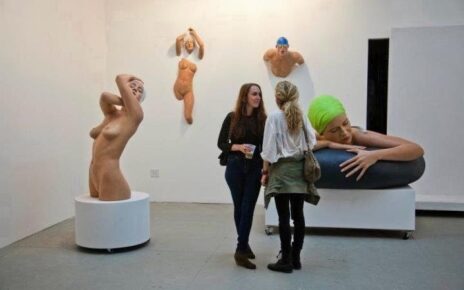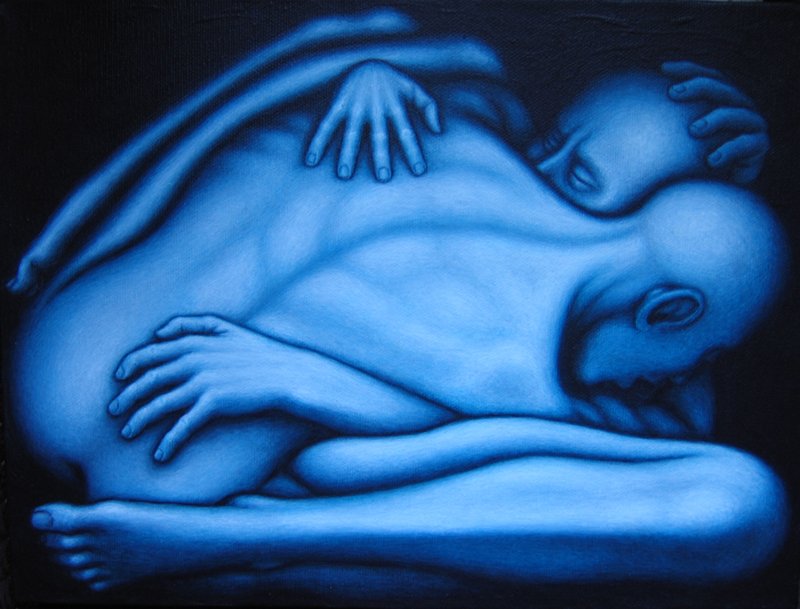I remember standing electrified with awe in Florence years ago taking in a sculpture titled Laocoon by 16th century artist Baccio Bandinelli. It was my first encounter with his work and I wondered why I hadn’t read about him in my art history class before. Working on an enormous scale seemed to fit the monumentality of his compositions, ideas and according to historians, his ego.
He was a child prodigy by all accounts, stunning the town by sculpting a masterful river god out of a large mound of cleared snow. This in turn brought him to the attention of many established artists of the time including Leonardo Da Vinci who after viewing the draftsmanship of his drawings encouraged him to pursue sculpting. Bandinelli was however determined to excel in painting as well although as a result of what scholars now determine was severe color blindness he was ridiculed in his attempts, potentially giving rise to his disagreeable personality later in life.
This harsh assessment of Bandinelli followed him through the annuals of art history and he never attained the kind of appreciation his contemporaries received. So it is a long overdue tribute to this artistic genius that his life and work are now for the first time in an exhibition devoted to him: “Baccio Bandinelli: Sculptor and Maestro,” at the Bargello in Florence, Italy. And finally his work rests alongside masters such as Michelangelo and Cellini finding his rightful place among the greatest of renaissance artists.











